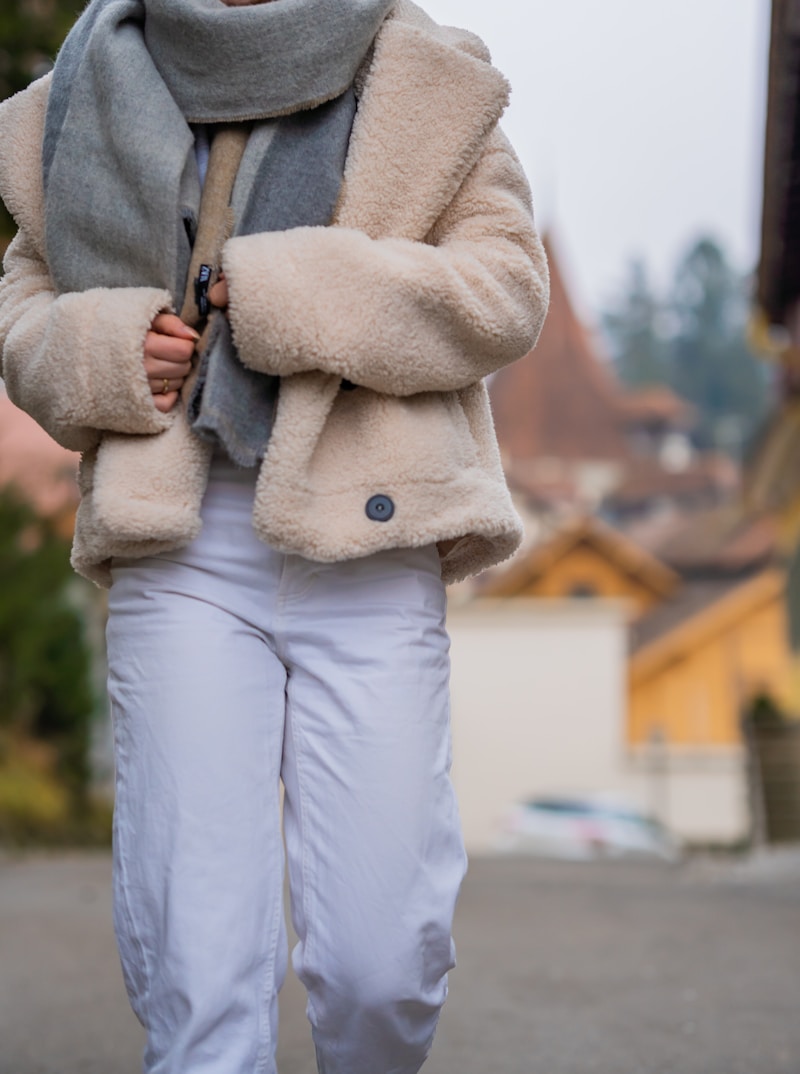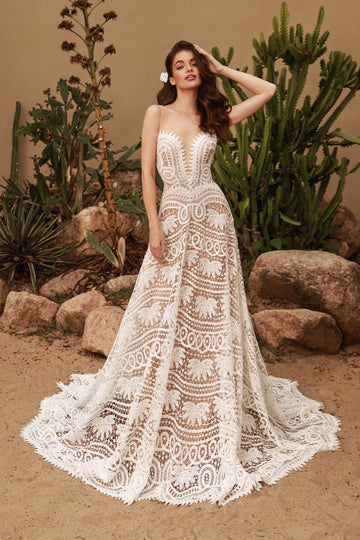The Ultimate Guide to Achieving the Perfect Comfortable Fit: Tips and Insights
The Ultimate Guide to Achieving the Perfect Comfortable Fit: Tips and Insights
Understanding the Concept of Comfortable Fit
When it comes to clothing, shoes, and even furniture, the term "comfortable fit" is often thrown around, yet it can mean different things to different people. A comfortable fit is about more than just size; it encompasses how well a product conforms to the body, how it feels when worn, and how it accommodates movement. In this comprehensive guide, we will explore what constitutes a comfortable fit, how to achieve it, and why it matters in various aspects of our lives.
The Importance of a Comfortable Fit
A comfortable fit is essential for numerous reasons. Firstly, it can significantly affect your overall well-being. Wearing clothes or shoes that fit properly can prevent discomfort and even injury. Secondly, having a comfortable fit can boost your confidence and improve your performance in activities such as sports or dancing. Finally, good fit contributes to better posture and can influence how others perceive you.
Factors Affecting Comfortable Fit
Several factors come into play when determining whether an item has a comfortable fit. Here are some key points to consider:
- Body Shape: Everyone's body is unique, so it's crucial to understand your body shape when selecting clothing or footwear.
- Material: The fabric and material of an item can greatly influence comfort. Breathable, stretchy materials often provide a better fit.
- Activity Level: Consider what activities you'll be doing while wearing the item. For example, activewear should allow for movement.
- Seasonal Changes: The fit can also change depending on the season, as layers can either constrict or enhance comfort.
How to Find Your Comfortable Fit
Finding your ideal comfortable fit involves a bit of research and exploration. Below are steps to guide you in your quest:
1. Measure Your Body
The first step in finding a comfortable fit is accurately measuring your body. Use a measuring tape to take the following measurements:
- Chest/Bust
- Waist
- Hip
- Inseam (for pants)
Make sure to refer to size charts specific to different brands, as sizing may vary.
2. Understand Your Preferences
Personal preferences play a huge role in what you consider comfortable. Think about the types of fits you usually go for:
- Do you prefer loose-fitting or tight-fitting clothes?
- What materials feel best on your skin?
- Are you more comfortable in casual styles or formal ones?
3. Try Before You Buy
Whenever possible, try on items before making a purchase. Walk around, sit down, and move in the clothing or footwear to ensure it offers a comfortable fit in various positions. If shopping online, check the return policy, as you may need to exchange sizes.
| Size Guide for Comfortable Fit | |||
| Chest Size (inches) | Medium | Large | XL |
| 32-34 | 36-38 | 40-42 | 44-46 |
Common Comfortable Fit Questions
To enhance your understanding, let's delve into some frequently asked questions regarding comfortable fit:
Q1: How do I know if my shoes fit comfortably?
A comfortable fit in shoes means there should be sufficient room for your toes, without slipping at the heel. You should also consider arch support and cushioning.
Q2: Why is a comfortable fit important for athletes?
For athletes, the right fit can enhance performance, reduce the risk of injury, and improve overall comfort during physical activity.
Q3: Can I achieve a comfortable fit in vintage or second-hand clothing?
Absolutely! Vintage clothing can offer unique styles. Just make sure to consider any alterations needed for a perfect fit.
Q4: What role does fabric play in achieving a comfortable fit?
The right fabric can make a world of difference. Stretchy, breathable materials allow for greater movement and comfort, especially in activewear.
The Psychological Aspect of Comfortable Fit
Beyond the physical comfort, the way clothing fits can impact mental and emotional well-being. Wearing clothes you feel good in can boost confidence and contribute to a positive self-image. This is particularly beneficial in professional settings where personal presentation matters. Studies show that people who wear clothing that they feel fits well and is flattering tend to perform better in social situations.
Fashion Trends for Comfortable Fit
As the world evolves, so do fashion trends. Many modern brands prioritize comfort without sacrificing style. Here are some trends that emphasize comfortable fit:
- Relaxed Fits: Loose-fitting garments that allow for ease of movement are increasingly popular.
- High-waisted Styles: These styles flatter a variety of body types while providing comfort.
- Elastic Waistbands: Found in both pants and skirts, elastic waistbands offer a flexible and comfortable fit.

Conclusion: Finding Your Comfortable Fit
In conclusion, achieving a comfortable fit is an important aspect of enjoying your wardrobe and improving your daily life. By understanding the factors that contribute to a comfortable fit, knowing your body, and embracing personal style preferences, you can confidently make choices that enhance your comfort and well-being. Remember, a comfortable fit is not just about size; it’s about how an item makes you feel. So, the next time you're shopping for clothing or shoes, keep these tips in mind and find what works for you!
Moreover, pay attention to the feedback your body gives you. Always take your time to explore and find what best meets your comfort standards. After all, life is too short to wear uncomfortable clothes!
